This interview is part of a series featuring the presenters participating in this year's Core77 Conference, "The Third Wave", a one-day event that will explore the future of the design industry and the role designers will play in it.
Climate change is the ultimate systemic problem and mitigating its consequences will require a multi-pronged approach involving governments, policymakers, corporations, designers, etc. Nobody knows this better than Susanne DesRoches, New York City's Deputy Director of Infrastructure and Energy. Trained as an industrial designer at Pratt, DesRoches believes design's iterative nature is a crucial key to the puzzle. As part of her work at the Mayor's Office of Sustainability and Resiliency, DesRoches is creating the tools that will empower architects, engineers, and other design professionals to create resilient structures for the future.
DesRoches will discuss her path from industrial design to sustainability during the fast-approaching 2019 Core77 Conference. We recently caught up with her to find out more about her background and design's role in tackling climate change.

Core77: You studied Industrial Design at Pratt as an undergraduate, worked in exhibition design, then joined the Port Authority in 2009. Now you lead New York City's infrastructure and energy policy. Can you tell me more about this trajectory and what led you to sustainability?
Susanne: After Pratt, I worked for about ten years at two different firms, Hixon Design Consultants and ESI Design. My focus was on architectural spaces and exhibition design. I began working on green building projects, in particular a Mercy Corps project in 2006, which involved a 5,000 square foot permanent exhibition space that was certified LEED Platinum.
Through the course of that work, I became interested in sustainability principles. However, I recognized that I was neither an engineer nor an architect, and that developing larger-scale strategic initiatives encouraging sustainability was where I wanted my career to go. At the time I was in my mid-thirties, and I went back to school full-time at Columbia, where I got a Master's of Public Administration in Environmental Science and Policy. I spent the bulk of my time there learning about the science behind climate change and what the impacts were, both globally and locally. I started to envision myself in a different type of career where I could apply industrial design processes to policymaking and organizational strategic initiatives.
And then you started at the Port Authority of New York and New Jersey?
Yes, I joined the PA after graduation, becoming their first Sustainable Design Manager. I worked in the Engineering Department, which designs and constructs major infrastructure. To assist the engineers and architects at the PA, I developed two design guidelines: the Sustainable Infrastructure Guidelines and the Climate Resiliency Design Guidelines. My philosophy was—How do we incorporate sustainable and climate-resilient practices into every project that we're doing? What guidance does an engineer or an architect need to be able to do that?
I was at the Port Authority when Hurricane Sandy struck, so I quickly shifted from focusing primarily on sustainability to focusing on climate resiliency. It was a crash course in disaster recovery. In the two years after Sandy, as the Chief of Resilience and Sustainability, I led the Engineering Department's post-Sandy recovery and resiliency projects.
Currently, at the New York City Mayor's Offices of Sustainability and Resiliency, I lead a team of policy advisors focused on NYC's energy policy and infrastructure resiliency.
It's been almost seven years since Hurricane Sandy. How has the conversation around resiliency changed since the initial post-hurricane plan was laid out by Mayor Michael Bloomberg in June 2013?
Since the City's initial post-hurricane plan (called A Stronger More Resilient New York) was published in 2013, we have broadened the city's approach from a strong focus on extreme weather events to one that encompasses all of the impacts of climate change, including sea-level rise, storm surge, rising temperatures, and increased precipitation. These climate hazards all have risks and there's no single solution or approach. We are always looking for strategies that both protect against climate impacts and have other co-benefits for city residents. For instance, improving social cohesion is a critical strategy because we know the more closely-knit a community is, the better its members will do in the face of a disaster.
What role does design play in New York City's environmental reform plans?
Design plays a large role. We need innovation and creative thinking to solve these multi-layered issues, particularly as climate change evolves over time. So we aren't just solving for one set of issues, we're solving for a shifting climate. The key benefit that design offers as we move forward with our sustainability and resiliency plans is that by their very nature, they're iterative. They allow for incremental ideas, and they allow us to evaluate how well strategies are working. That inherent iterative design process is very beneficial to climate change planning.
Resiliency encompasses multiple strategies, from large-scale coastal projects to installing more curbside rain gardens at the neighborhood level. What are the most promising of those strategies?
There's no silver bullet for any one risk. What we really need to incorporate is more holistic thinking across different risks. When we think about achieving resiliency over time, the best strategies have an adaptive capacity. They need to work today, and they need to be able to shift and evolve in the future in order to function in the climate that we find ourselves in in 2050, in 2080, and beyond.
At the Mayor's Offices, one key step we have taken toward that goal is the publication of the City's Climate Resiliency Design Guidelines. The Guidelines take an approach that is quite innovative and reflects new thinking for design and engineering. They show teams how to not only use historical weather data, but to incorporate climate change projections, so we ensure infrastructure and buildings can withstand the future environment.
Tell me a bit about the process of putting those guidelines together.
Creating the Guidelines was a multi-agency process. We used the best climate change science we have today to develop a rubric for new projects. The Guidelines prompt project teams to answer: What is the useful life of a new capital project? How is the climate changing over that period of time? Ultimately, projects should be built using the climate projections at the end of the facility's life.
We had a lot of input from NYC agencies, including the Department of Design and Construction, the Department of Environmental Protection, the Department of Transportation, and other capital agencies that build the facilities New Yorkers rely on. This was to ensure that the Guidelines could function as an instructional document for the engineering, architecture, and planning communities—all of the design industry. We wanted the Guidelines to be a how-to manual, not an aspirational document.
Could you give us a brief example of how a designer would use the guidelines?
If you were building a substation in the floodplain, the Guidelines would tell you the project's floodplain elevation. This is the height off the ground that floodwater from an anticipated storm would reach today. A substation typically lasts for 50 years, therefore the sea level rise projection you should use is for the 2070s timeframe. Following the Guidelines, the project would now be protected to a sea-level rise height adjusted to the 2070s.
It's very practical. The Guidelines also provide information on how to incorporate heat in the form of wet-bulb days and dry-bulb days, and how many of those days we expect per year. This information is critical for HVAC design, as well as building facades and windows. The Guidelines provide those raw numbers for designers to use in engineering and architectural codes and standards.
They actively impact the physical outcomes of design because if you design something to be heated and cooled using today's temperature thresholds, you'll end up with one particular design, but when you use the forward-looking climate projections, that design will change to accommodate future conditions.
Are we any closer to a LEED equivalent for resiliency?
I would say that the industry is in the early stages of learning how to augment historical climate data with future-looking data. Some systems, such as the EnVision system, include climate adaptation. However, currently, it's a pretty light touch. The focus of these systems is still primarily sustainability principles. As changes to the climate become more and more a part of our everyday lives, both locally and globally, we're going to start to see other systems emerge that adopt climate projections as a new design normal.
Beyond climate change, NYC also suffers from issues of climate justice. Rising temperatures disproportionately impact vulnerable neighborhoods, for example. What are some of the ways that cities can tackle these issues through design?
As you mentioned, extreme heat kills more New Yorkers than any other weather event. This is something that our office takes very seriously, and we're acting on that now. We have issued our Cool Neighborhoods program which has an approximately $106 million budget. This plan focuses on neighborhoods where we know residents are more vulnerable to heat. It includes targeted planting more street trees, painting roofs white, and raising awareness about the availability of cooling centers.
There are all kinds of benefits to this program. Not only can something simple like implementing reflective roofs save lives by keeping buildings cooler, it can also reduce energy use and lower electricity bills. As we think about ways to get to carbon neutrality—which the city has committed to by 2050, in accordance with the Paris Agreement—we want to look for strategies that both reduce carbon emissions as well as make our climate more livable.

 (Revels are not allowed on sidewalks)
(Revels are not allowed on sidewalks) 
 Niu-sharing electric moped, via
Niu-sharing electric moped, via  Revel app
Revel app Lithium-Ion Battery Pack,
Lithium-Ion Battery Pack, 

 Custom pillows developed by
Custom pillows developed by  Ella Hall
Ella Hall  Stitchroom team on the job
Stitchroom team on the job Custom cushions and upholstery for a sofa project, by Stitchroom. Photography by
Custom cushions and upholstery for a sofa project, by Stitchroom. Photography by 
 Custom banquette bench and backing cushions for a commercial project, by Stitchroom
Custom banquette bench and backing cushions for a commercial project, by Stitchroom  Bluestone Lane cafe - Photo credit
Bluestone Lane cafe - Photo credit 


 This image pairs with Choi's recipe for Fischli and Weisscream and loosely evokes the duo's famous film, The Way Things Go.
This image pairs with Choi's recipe for Fischli and Weisscream and loosely evokes the duo's famous film, The Way Things Go.
 "Watermelon snow" reveals a variation of green algae that thrives in freezing temperatures.
"Watermelon snow" reveals a variation of green algae that thrives in freezing temperatures.  Algae Lab Luma (via
Algae Lab Luma (via  Charlotte McCurdy's Raincoat, as featured in the Nature exhibition at Cooper Hewitt.
Charlotte McCurdy's Raincoat, as featured in the Nature exhibition at Cooper Hewitt.  Close-up of McCurdy's Algae-based material.
Close-up of McCurdy's Algae-based material.  Agar, a by-product of red algae, is used for this award winning Agar Material by Kosuke Araki, Noriaki Maetani, Akira Muraoka photo by
Agar, a by-product of red algae, is used for this award winning Agar Material by Kosuke Araki, Noriaki Maetani, Akira Muraoka photo by 


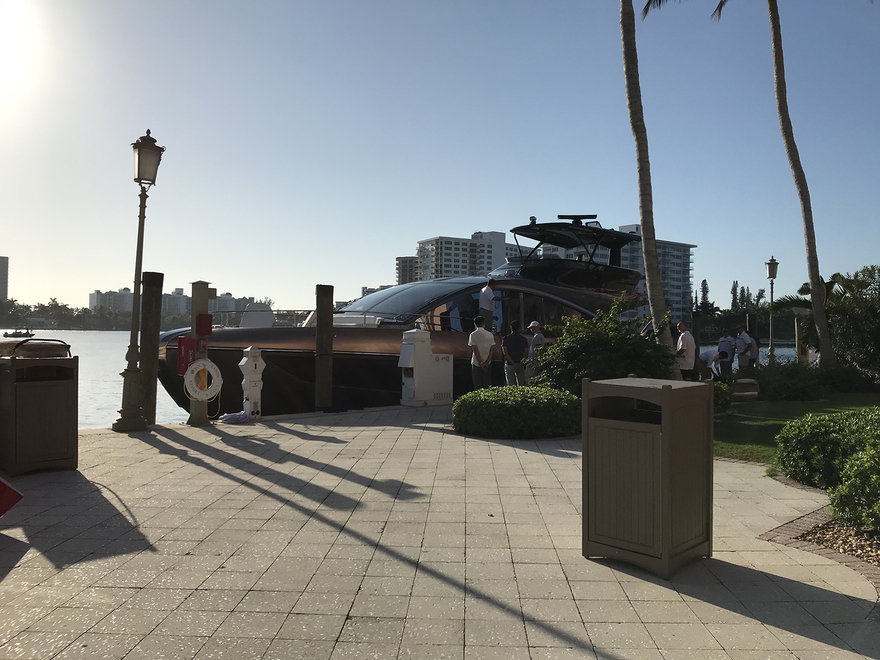
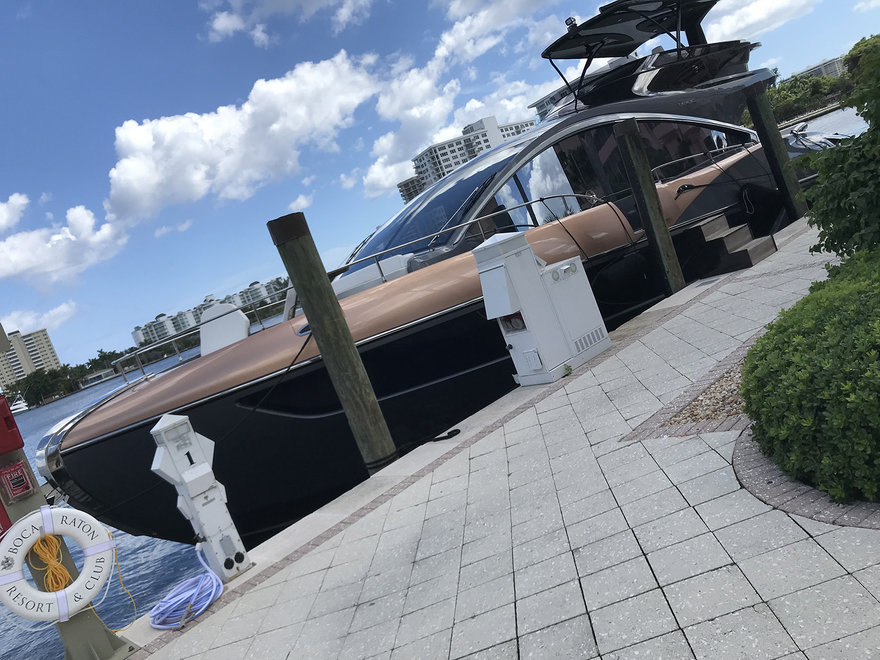
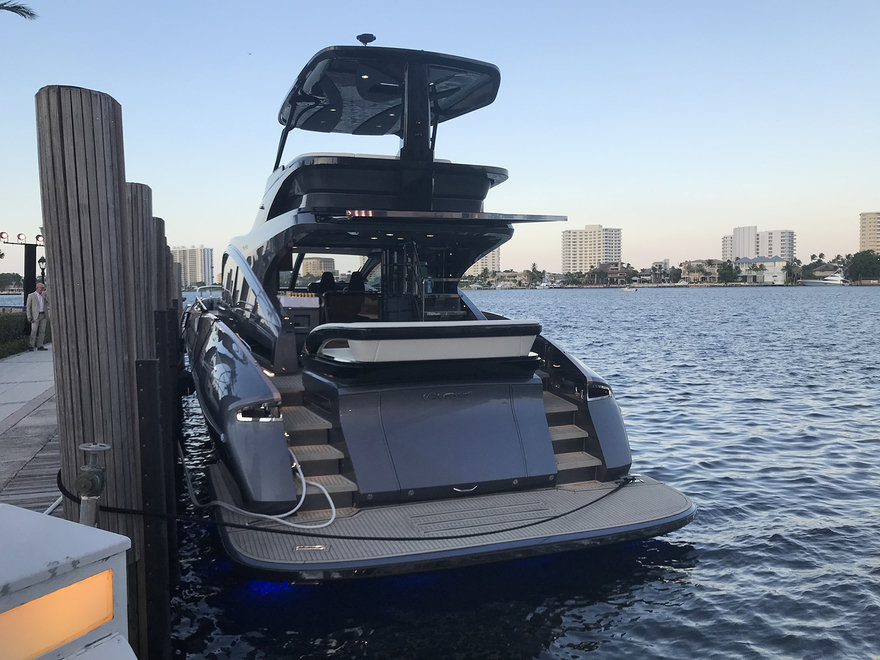
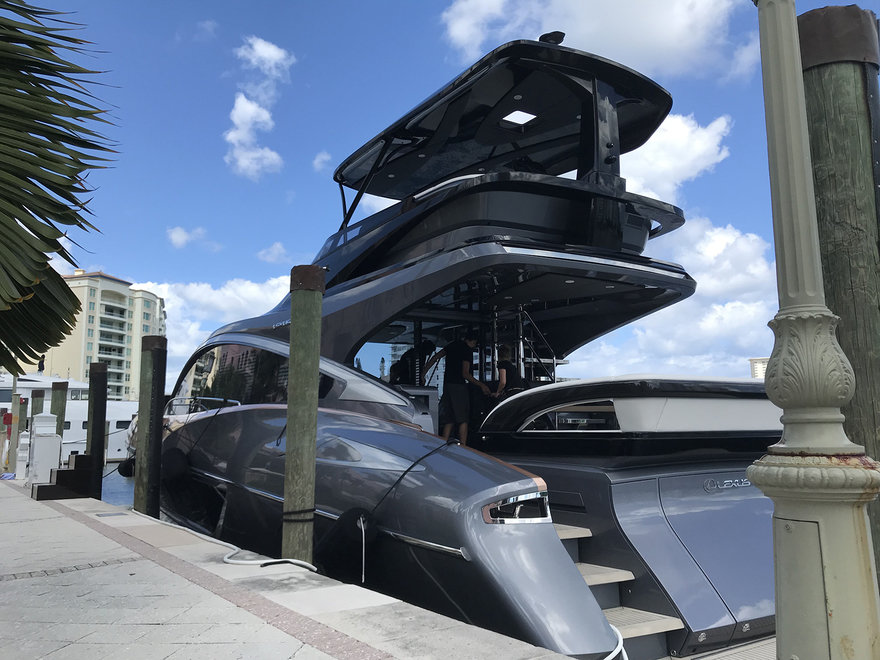
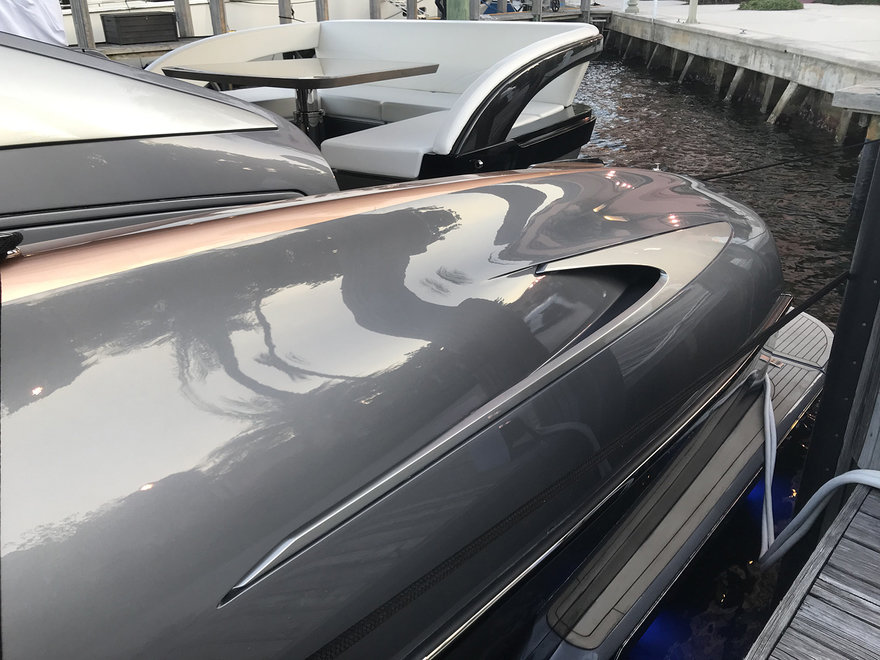
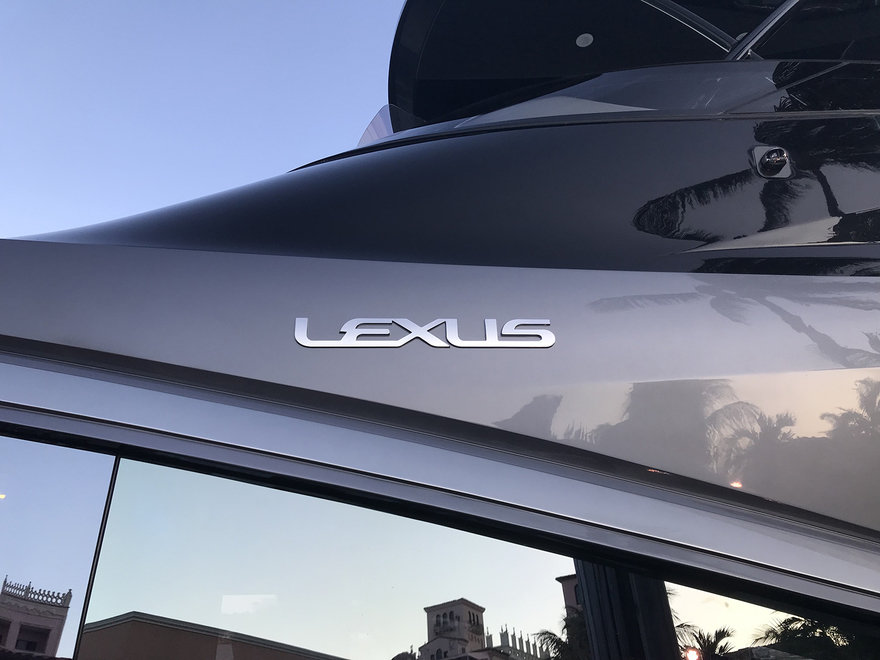

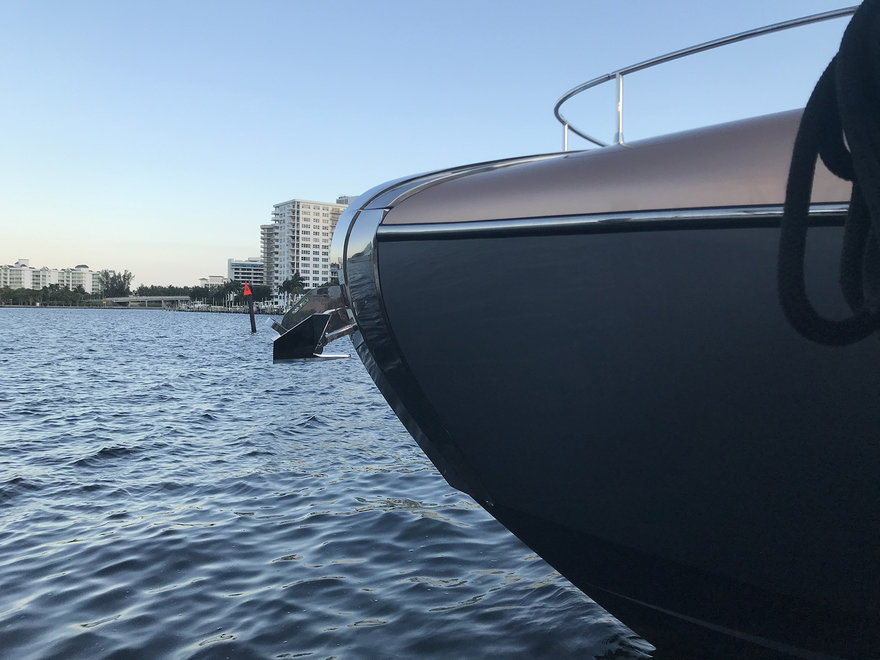





 Best movie car chase scenes: "Ronin," 1998
Best movie car chase scenes: "Ronin," 1998











































 While built in the 1890s, this Charleston, S.C., home incorporates architectural elements from previous periods – it was built using bits and pieces after an earthquake. After looking at 100 of these houses, these details become evident.
While built in the 1890s, this Charleston, S.C., home incorporates architectural elements from previous periods – it was built using bits and pieces after an earthquake. After looking at 100 of these houses, these details become evident.  From the front, this chest is 3:5. From the ends, it is square.
From the front, this chest is 3:5. From the ends, it is square.  An unusual 19th century duplex on a side street in Covington, Ky. Note the near-perfect symmetry between the two units.
An unusual 19th century duplex on a side street in Covington, Ky. Note the near-perfect symmetry between the two units.  These locust trees do more work than the air conditioners and furnaces in the houses. Many old neighborhoods were designed with a particular tree in mind. Elms and London plane trees were ideal for streets with taller buildings. Locusts are ideal for smaller homes.
These locust trees do more work than the air conditioners and furnaces in the houses. Many old neighborhoods were designed with a particular tree in mind. Elms and London plane trees were ideal for streets with taller buildings. Locusts are ideal for smaller homes.  The original entrance and lights of this house are a wonder to modern eyes. These rarely survive, except in areas where the owners could not afford to upgrade.
The original entrance and lights of this house are a wonder to modern eyes. These rarely survive, except in areas where the owners could not afford to upgrade. These forgotten houses are on a forgotten street in Covington, Ky. Trying to imagine what they looked like when they were built is one of the exercises I use to learn how architecture works.
These forgotten houses are on a forgotten street in Covington, Ky. Trying to imagine what they looked like when they were built is one of the exercises I use to learn how architecture works. After dozens of walks around a city you might be rewarded with a gem like this – uncovered 100-year-old signs. The fonts and color and type size are all a lesson in early 20th-century styles.
After dozens of walks around a city you might be rewarded with a gem like this – uncovered 100-year-old signs. The fonts and color and type size are all a lesson in early 20th-century styles.






 Punkt MP01, 2016
Punkt MP01, 2016 Kyocera KY01-L, 2018
Kyocera KY01-L, 2018 Mudita Pure, 2019
Mudita Pure, 2019



























